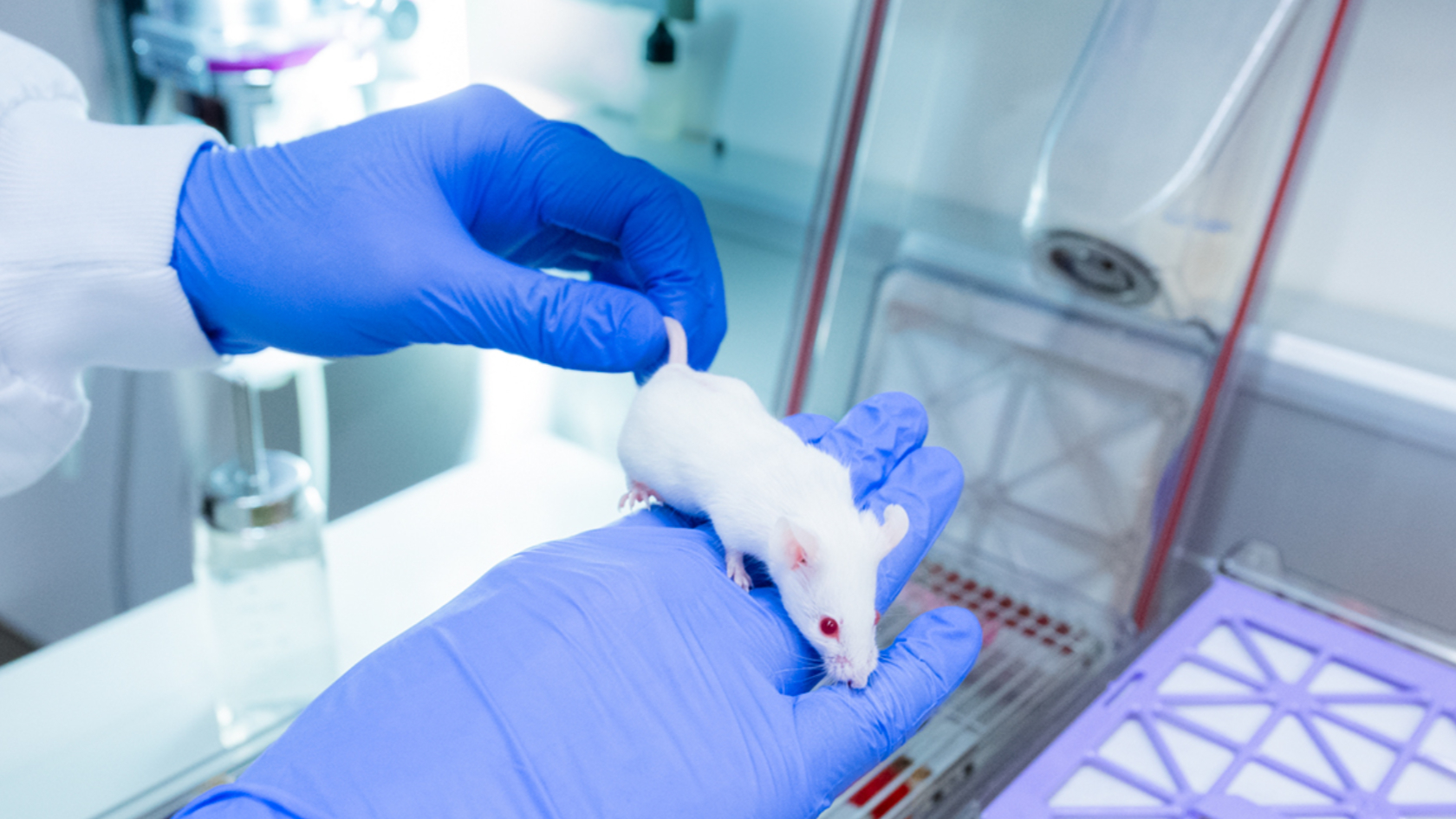Antibodies are the basis of many contemporary medications. These proteins very specifically detect a certain feature on the surface of cells or molecules and bind onto it – this may be a receptor projecting from the cell membrane. Before being tested on humans, antibodies and other protein-based biotherapeutics must undergo a rigorous series of preclinical studies on animals.
At the moment, individual antibody candidates are examined in animal models. Typically, each test is carried out using a large number of laboratory animals. This is why preclinical tests account for a considerable fraction of the animals employed in the pharmaceutical industry. Using a single animal to test multiple substances at once is one potential solution. However, this approach was limited to using no more than four active ingredients per animal until recently.
Researchers at the University of Zurich (UZH), lead by Markus Seeger of the Institute of Medical Microbiology and Johannes vom Berg of the Institute of Laboratory Animal Science, have finally overcome this constraint.
The approach we developed allows us to test 25 different antibodies simultaneously in a single mouse. This speeds up the process and reduces the number of animals required.
Johannes vom Berg
Also Read: AstraZeneca Released Satisfactory Results of 24 Weeks CALYPSO Phase III Trial for Eneboparatide
To carry out this study, the researchers used antibodies that have already been approved as drugs or are in clinical development.
Drugs need to have certain features to be successful: the active component is only released slowly and may thus build its impact in the body for a considerable period of time. It binds precisely to a specific target structure and accumulates in the corresponding organ. In addition, the material only distributes to a limited amount in other tissues and organs, which decreases the chance of negative effects.
To allow individual study of the characteristics of the antibodies from the complicated plasma or tissues samples from the mice, the researchers created a type of barcodes. They are composed of defined protein fragments known as flycodes, which can be used to identify each antibody individually. After being administered to the mouse, the individual antibody candidates can be separated from the mixture and examined separately.
Our results show that the flycode technology delivers high-quality preclinical data on the investigated antibodies. We get much more data with fewer mice and the data is of a better quality because the analyses can be compared directly.
Markus Seeger
The researchers also demonstrated that the antibodies find their target structures correctly in the animals’ body. For example, two of the antibodies used in cancer medicine reliably identified the EGF receptor which the tumor cells primarily carry on the surface. The targeted accumulation in tumor tissue also worked when combined with 20 other antibodies. This reveals that flycodes do not impact the efficiency of the antibodies in a live creature.
Furthermore, the scientists employed flycodes to rapidly assess the attributes and data for a series of 80 drug-like synthetic biomolecules, known as sybodies, in one experiment.
Using minimal resources, the flycode technology allows a direct comparison of drug candidates under identical experimental conditions. It is set to advance preclinical discovery pipelines much more efficiently in the future.
Markus Seeger
All of the data in this study came from only 18 mice. In theory, this new approach can cut the number of animals needed by up to a factor of 100.
Source: University of Zurich
Journal Reference: Walter, Justin D., et al. “Flycodes Enable Simultaneous Preclinical Analysis for Dozens of Antibodies in Single Cassette–Dosed Mice.” Proceedings of the National Academy of Sciences, vol. 122, no. 12, 2025, p. e2426481122, https://doi.org/10.1073/pnas.2426481122.
Last Modified:
Graduated from the University of Kerala with B.Sc. Botany and Biotechnology. Attained Post-Graduation in Biotechnology from the Kerala University of Fisheries and Ocean Science (KUFOS) with the third rank. Conducted various seminars and attended major Science conferences. Done 6 months of internship in ICMR – National Institute of Nutrition, Hyderabad. 5 years of tutoring experience.






